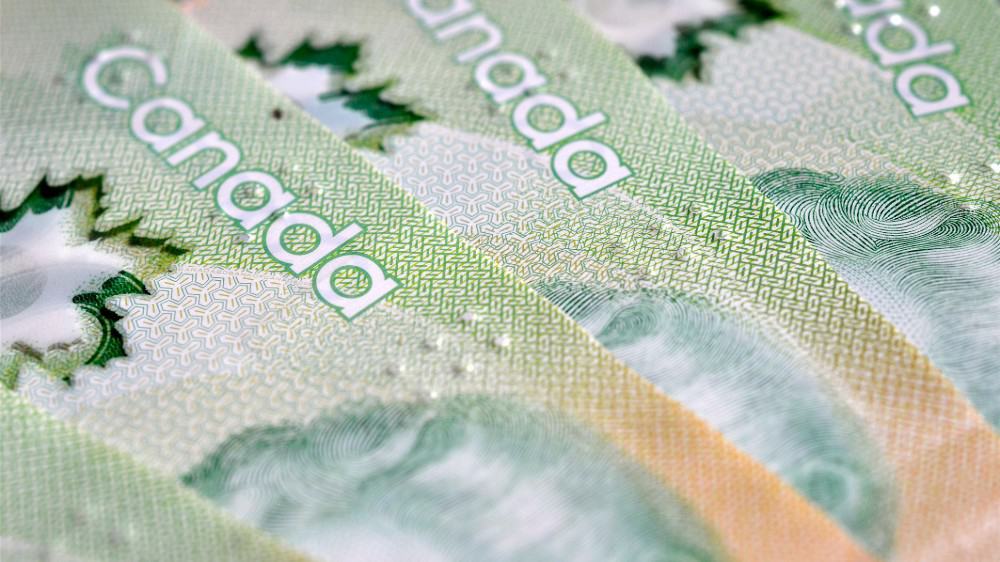Due to the coronavirus, millions of Canadians lost their jobs and just as many saw their hours drastically reduced. The economic downturn is still a reality for many. These conditions compelled the government to issue the Canada Emergency Response Benefit (CERB), which provides $2,000 in cash assistance every four weeks for up to four months.
To qualify, you must be a resident of Canada, have a valid social insurance number, be at least 15 years old, and have earned $5,000 or more in taxable income over the year.
CERB payments can be received at any time between March 15 and October 3. They’re already proving to be a critical lifeline for the economy. More than eight million Canadians have applied. There were 524,000 applications last week alone.
In total, the government has paid out $52 billion under this emergency program. But that’s exactly what this is: an emergency program. It won’t last forever.
There is, however, a way you can create your own CERB payments that will persist far beyond the official program. With the right stocks and an appropriate saving strategy, you could generate your own monthly passive income stream. Whether you want to receive $200 or $2,000 each month is up to you.
Here’s the math
Building a passive income stream is simple, but it isn’t necessarily easy. The biggest thing it requires is good habits. Fortunately, there are a few tricks you can use to improve your success.
Let’s do the math.
If your portfolio is capable of generating 10% annual returns, you’ll need a nest egg of $24,000 to create passive monthly payments of $200. If you want to emulate the original $2,000 monthly CERB payment, you’ll need to save $240,000.
While those may seem like large sums, there are a few methods for lightening the load.
The first is to always use a tax-advantaged savings vehicle like a Tax-Free Savings Account (TFSA). This account reduces your tax load, giving you more money when it’s time for withdrawal. In some cases, your portfolio could be worth 20% or 30% more by avoiding taxes. That can cut years off the time needed to achieve your savings goal.
The second trick is to use automated contributions. Humans are flawed. We often create goals and fail to meet them. Machines, on the other hand, are much more reliable. This is the secret to building a nest egg big enough to generate your own private CERB payments.
Most investment accounts allow for automated contributions. For example, you can tell the system to automatically withdraw $500 every month from your bank account, investing the proceeds in the stock market. Without lifting a finger, your portfolio will grow every month.
Stocks for your private CERB
If you start with $0, and invest $500 per month, achieving a 10% annual rate of return, you’ll reach $24,000 in less than four years. From there, you can withdraw $200 every month into perpetuity!
If you want to withdraw $2,000 per month forever to emulate the CERB payment, you’ll need to amass $240,000. If you start with nothing and invest $500 per month at a 10% annual return, you’ll hit $240,000 in just 16 years. That’s a long time to continually save, but it’ll create a permanent monthly passive income of $2,000.
Of course, you’ll need to find stocks capable of producing these returns, but that’s the only missing link.










